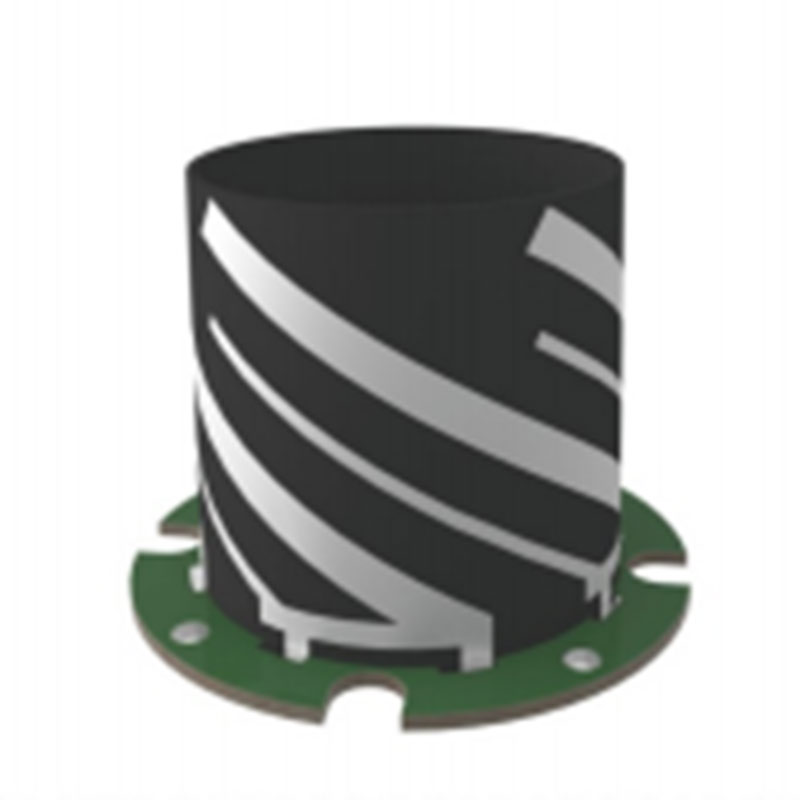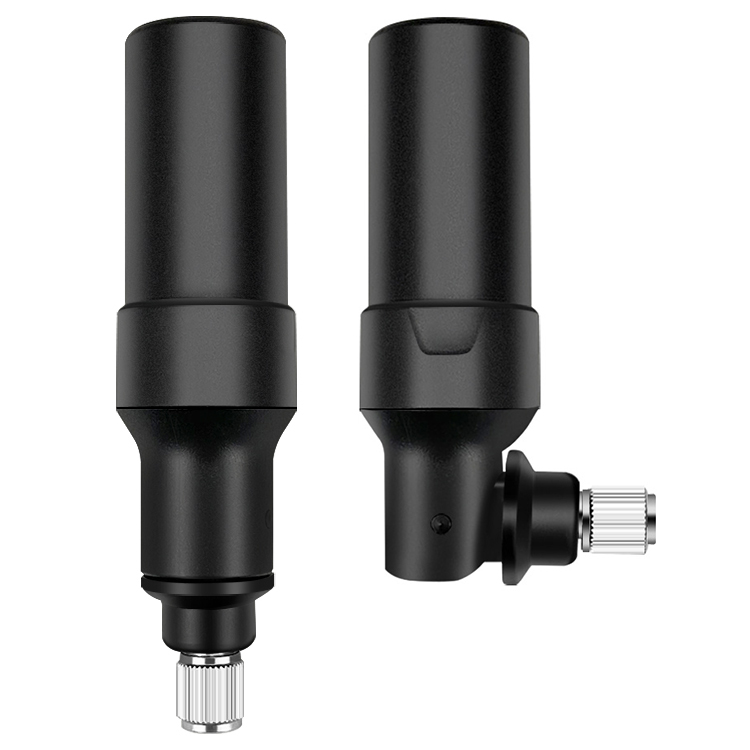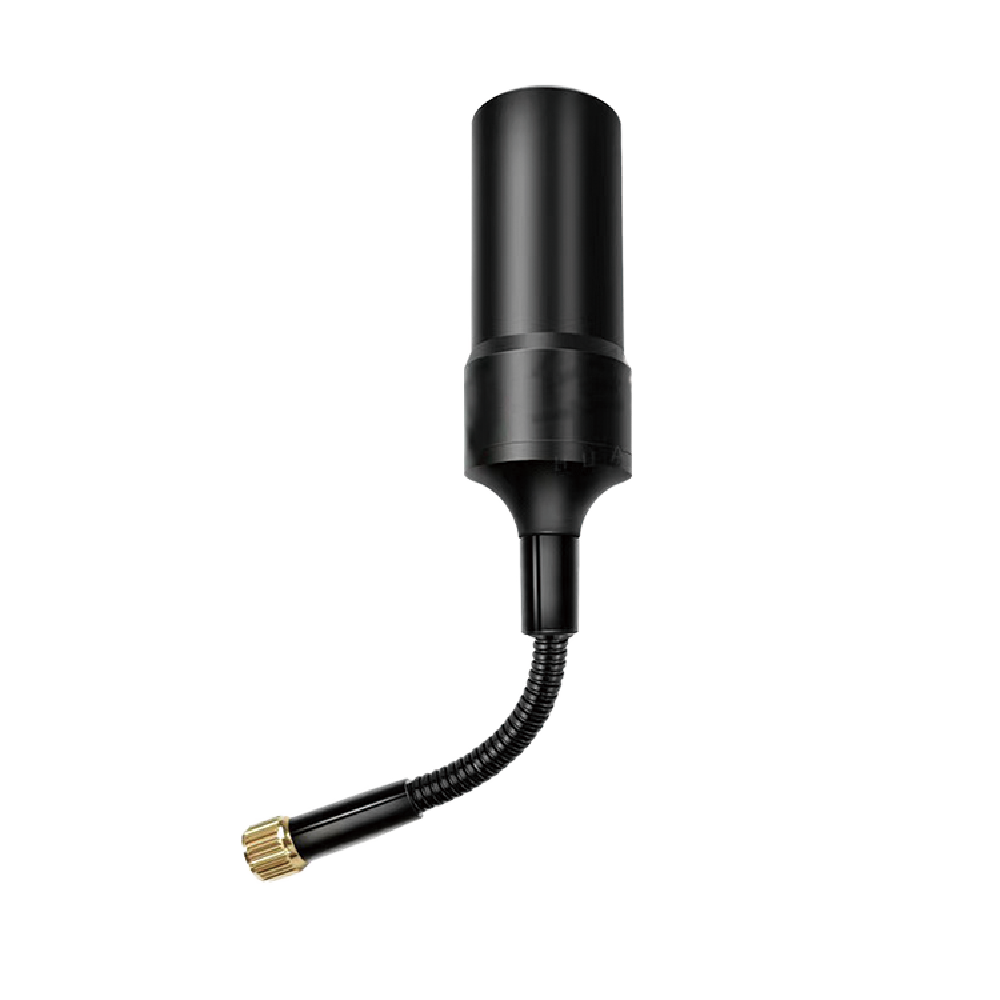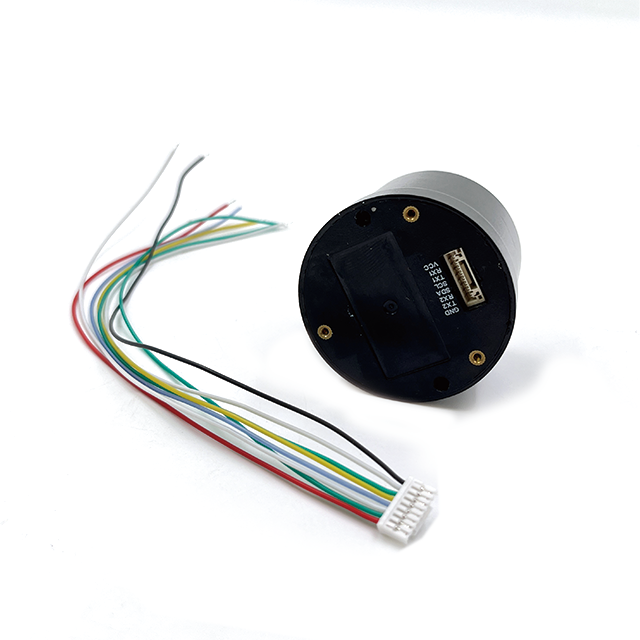5.1 Current Applications
In the field of agriculture, lightweight GNSS UAV antennas are playing a crucial role. UAVs equipped with these antennas are used for crop monitoring. By accurately positioning the UAV, it can take high - resolution images of the crop fields at regular intervals. These images can then be analyzed to detect crop diseases, nutrient deficiencies, and water stress. The precise positioning provided by the GNSS antenna ensures that the data collected is accurately mapped to the specific location in the field, allowing farmers to take targeted actions such as applying pesticides or fertilizers only where needed, thus reducing costs and environmental impact.
In the construction industry, UAVs with lightweight GNSS antennas are used for site surveying and monitoring. They can quickly and accurately map large construction sites, providing up - to - date information on the progress of the construction, the location of equipment and materials, and any potential safety hazards. The ability of the UAV to precisely position itself using the GNSS antenna enables the creation of detailed 3D models of the construction site, which are useful for project management and quality control.
In emergency response and search - and - rescue operations, UAVs with lightweight GNSS antennas can be deployed to quickly assess disaster - stricken areas. The accurate positioning of the UAV allows it to navigate through complex terrains and locate survivors. For example, in a forest fire or earthquake - affected area, the UAV can fly over the area and use its cameras and sensors to search for people in need of assistance, and the GNSS - based positioning ensures that the location of the survivors can be accurately reported.
5.2 Future Trends
One of the future trends in lightweight GNSS UAV antennas is the development of more advanced antenna arrays. These arrays will be able to perform more sophisticated beamforming techniques. Beamforming allows the antenna to direct its radiation pattern towards the satellites, enhancing signal reception and reducing interference. Future antenna arrays may be able to adaptively adjust their beam patterns in real - time based on the UAV's environment and the location of the satellites. This will improve the performance of the UAV in challenging environments, such as urban canyons or areas with high electromagnetic interference.
Another trend is the integration of artificial intelligence and machine learning algorithms into the operation of lightweight GNSS UAV antennas. These algorithms can be used to predict and compensate for signal disruptions, such as those caused by interference or multipath propagation. For example, the algorithm can analyze historical data on signal reception in different environments and use this information to adjust the antenna's parameters or the UAV's flight path to optimize signal reception.
There is also a growing trend towards the development of multi - functional lightweight GNSS UAV antennas. These antennas may not only be used for GNSS signal reception but also for other functions such as communication with ground stations or other UAVs. For example, an antenna could be designed to receive GNSS signals and also transmit data collected by the UAV's sensors to a ground control station using the same antenna structure, reducing the overall weight and complexity of the UAV.
Conclusion
Lightweight GNSS UAV antennas have become an indispensable component in the modern UAV ecosystem. Their design and construction, based on careful materials selection and innovative structural designs, enable them to meet the unique requirements of UAV platforms. By understanding their working principles, we can appreciate how they effectively receive signals from satellites and contribute to the precise navigation of UAVs.
The advantages they offer, such as increased flight time, enhanced payload capacity, and high - precision positioning, have opened up a wide range of applications in various industries. However, the challenges of interference, multipath propagation, and power efficiency need to be continuously addressed through research and development.
Looking to the future, the trends of advanced antenna arrays, integration of AI and machine learning, and multi - functional designs hold great promise for further improving the performance and capabilities of lightweight GNSS UAV antennas. As the UAV industry continues to grow and evolve, lightweight GNSS UAV antennas will undoubtedly play an increasingly important role in enabling more efficient, accurate, and reliable UAV operations.




































































 Language
Language
 En
En Cn
Cn Korean
Korean

 Home >
Home > 








 18665803017 (Macro)
18665803017 (Macro)













